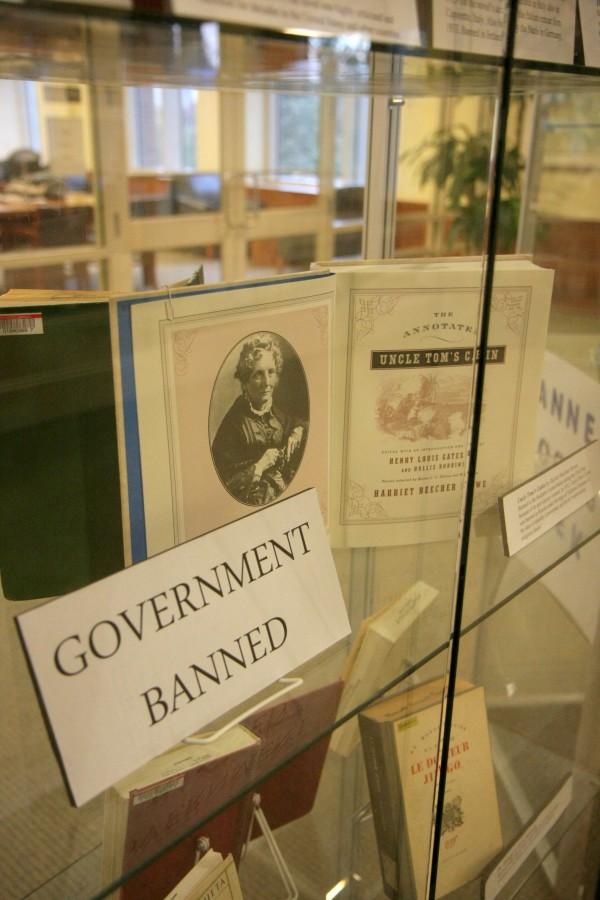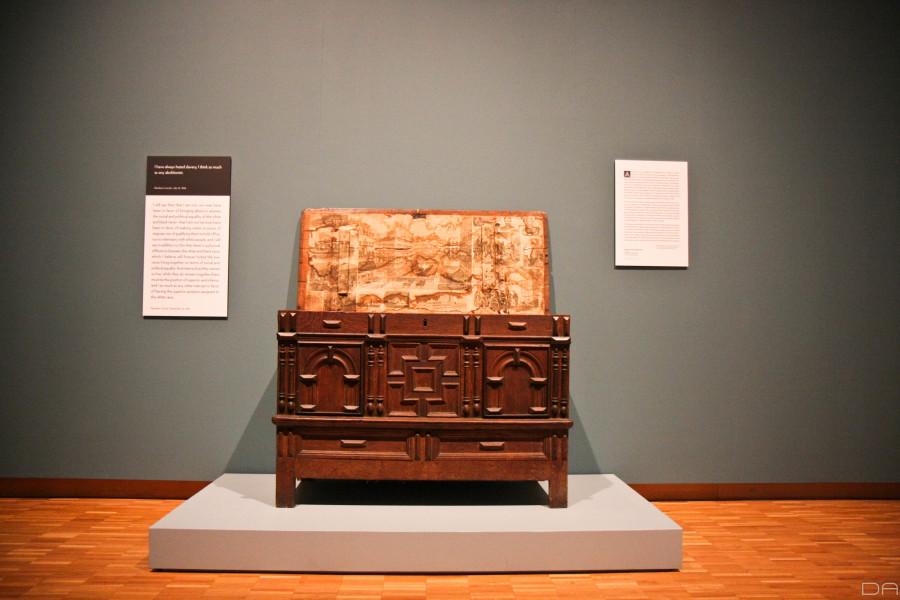
Marquette’s newest student production presents the fragility of a marriage ready to crack.
“A Dollhouse” opens tonight at the Helfaer Theatre. Directed and translated by Maureen Kilmurry, the show is based off of the original play by Henrik Ibsen.
This new translation of “A Dollhouse” follows the marriage of Torvald, a barrister, and his wife Nora in Norway in 1879. Through the portrayal of their marriage, the play explores an environment that ensnares both men and women and keeps them from finding their true potential.
“It’s the journey of Nora, but it’s also the journey of Torvald,” Kilmurry said. “She hadn’t found herself as a human being, so how can she bring a full human being to the marriage and to raise the children? It’s also about the challenges she sets out for (Torvald), that he hasn’t (found himself) either.”
Through the lens of Nora and Torvald’s marriage, the play criticizes the traditional roles of men and women in 19th-century marriages.
“It’s an indictment of the society of the time that bred that man ruled the house, and the woman was just there to make the house look pretty and nice,” Kilmurry said.
Tyler Frost, a junior in the College of Communication, plays Torvald in the production.
“The play has a complex plot, so you really have to pay attention and listen,” Frost said via email. “It focuses on both men and women and how they relate to their place in society.”
Throughout the production, the audience witnesses Nora’s doubt that her marriage will work. In the last moment, Nora presents a challenge for Torvald in which the audience members must decide for themselves whether there is any hope for the couple.
“The miracle that she hopes will happen in terms of his behavior – something that he would do, that he would rise to the occasion – does not happen. He is not the man she thought he was or could be,” Kilmurry said.
Molly Edwards, a junior in the College of Arts & Sciences, plays the role of Nora. Edwards believes Kilmurry’s translation is eloquent and creative.
“When you come to understand (the play) and truly think about it, it sits with you for days,” Edwards said via email. “You debate if you like the ending, if you don’t like the ending, if the characters are just or … corrupt. It’s incredible.”
At the beginning of last year, Kilmurry was approached to direct “A Dollhouse.” She started looking at different adaptations of the play, but after weighing the pros and cons of each, she decided to do her own adaptation.
“I was finding a lot of variety (in the adaptations) and I started thinking, ‘Well, what did (Ibsen) write originally? I want to go back and look at it.’ I was finding really interesting discrepancies, and it intrigued me,” Kilmurry said.
The play was originally written in Norwegian, so Kilmurry needed to translate the entire script. With her translation, Kilmurry wanted to make a traditional production of Ibsen’s work.
“I think a lot of the impact of the play is the fact of when it was written and trying to get a sense of how radical it was at the time,” Kilmurry said. “To me, the universality is self-evident, and I don’t feel the need to make changes to modernize and emphasize that the play is still relevant. I guess it was trying to get closer to Ibsen’s voice and less of imposing my voice as a translator. I didn’t have an agenda other than to honor what I felt he was saying and to capture the time and place.”
A key to Kilmurry’s concept lies in the title itself. Deviating from the widely used “A Doll’s House,” Kilmurry decided on “A Dollhouse.” By changing the title, Kilmurry moved the emphasis away from Nora as a trapped doll to an emphasis on the nature of the couple’s home life together.
“The play is not just about Nora being a ‘doll’ but about an environment and culture that has kept both Torvald and Nora from fully growing up,” Kilmurry said. “From the things I was reading, he really wanted a story about the both of them. She’s the instigator, but it’s true for men and women to find themselves, to be the best human beings they can to bring to a relationship.”
In order to convey the conception of a dollhouse, Kilmurry and her production team focused on designing a set that looks and feels like a dollhouse – where the audience is able to peer into all the rooms at the same time.
“With this whole dollhouse theme, suddenly we thought, ‘How can we incorporate that subliminally in terms of the set?’” Kilmurry said. “We opened up rooms that are referred to in the original production. You wouldn’t have seen Nora’s bedroom, or the office, or the hallways of people coming in and out, and we have that. It puts more of a thrust on the whole environment.”
Edwards believes “A Dollhouse” deals with themes that students might relate to at this point in their lives.
“The play has a lot to do with self-exploration,” she said. “Finding who you are and how society molds that individual ‘you’ is always important, I think. It’s easy to fit into a system and not even realize you’re doing it.”
The play fits into the Freedom Project, a year-long series of events at Marquette celebrating the 150th anniversary of the signing of the Emancipation Proclamation. The Helfaer season selection committee, which Kilmurry is a part of, saw the themes of the Freedom Project and chose “A Dollhouse” because it explores “the freedom to pursue your own destiny.”
“It’s a journey for everybody on some level. It’s something to think about in your own life,” Kilmurry said. “What’s holding you back and keeping you from being all you can be? It may not be a marriage; it may be other things. There’s going to be a kernel of something that hopefully makes you think ‘What haven’t I challenged in myself or discovered?’”



